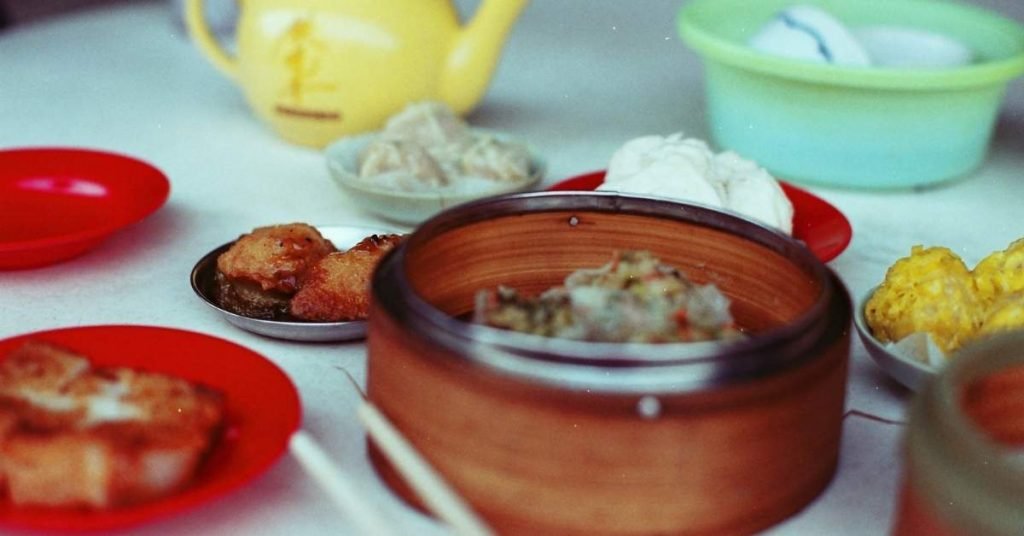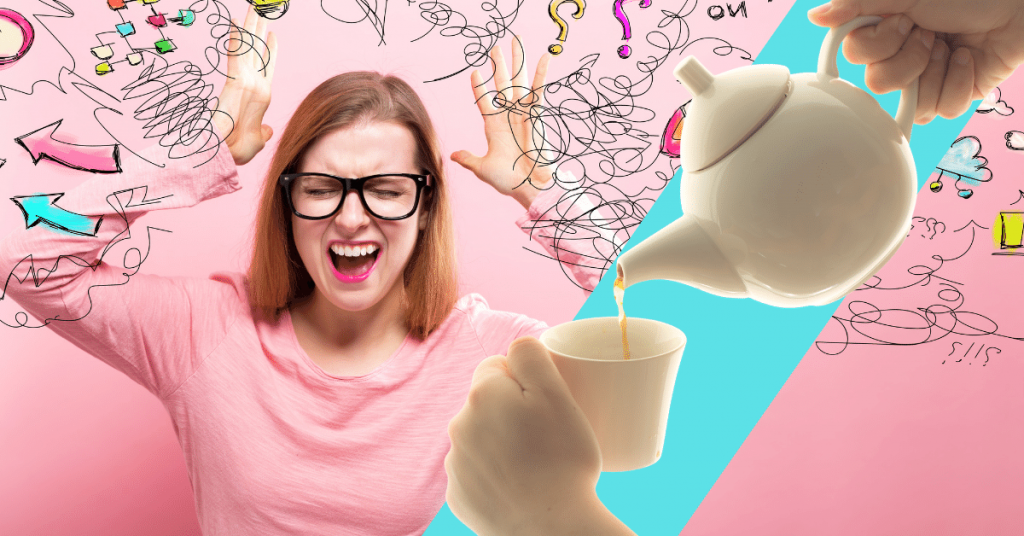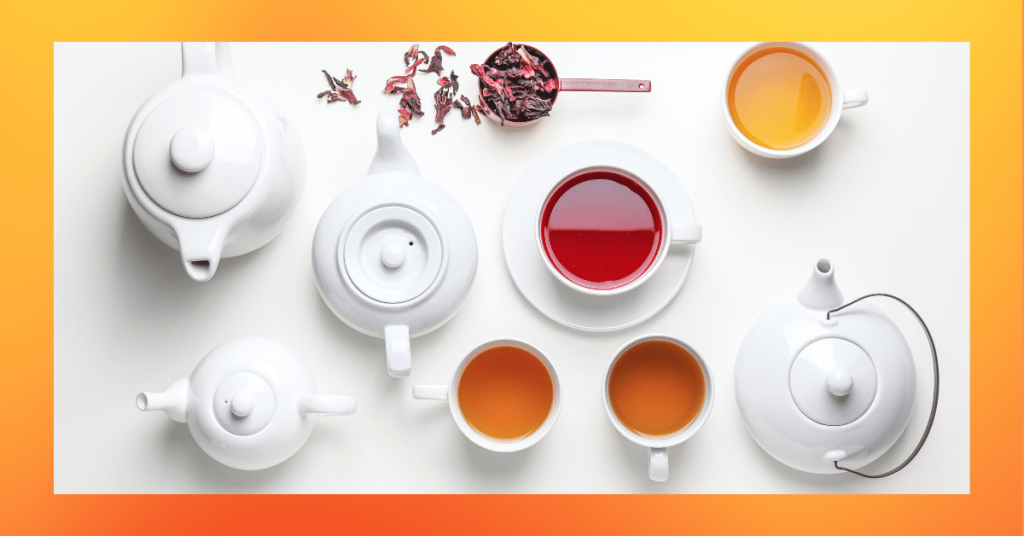Hong Kong consumes 1.5 lb of Black tea per capita per year.
Their tea culture is heavily influenced by both, Chinese and British tea cultures.
Located on the South coast of China, but being a British colony until 1997, the people of Hong Kong enjoy a strong Pu-erh tea most of all.
History of Tea in Hong Kong
Tea in Hong Kong exists since always thanks to the proximity to China and most of the tea here comes from there.
Besides the strong Pu-erh, Hong Kong also imports Oolong, white, and green teas.
In the 3rd century, a famous physician from the South China region claimed that food/snacks alongside the tea negatively impact the weight of the population, so ancient tea traditions excluded any type of food during tea time.
Tea Culture of Hong Kong
The people of Hong Kong decided to take tea matters into their hands and started snacking with their tea, creating a unique tradition called dim sum (a small plate of food served with tea).
Tea in Hong Kong takes a huge part of the social life and most people go for a cup of tea in the tea houses.
Typical Hong Kong-style tea includes two-thirds of the cup of over-steeped black tea and one-third of condensed milk. Sugar is added depending on the taste of the consumer.
Hong Kong-style milk tea is not usually served with dim sum, but it’s a daily beverage for many people and it can be consumed hot or cold.
Yuanyang Tea
Yuanyang is one of the most popular non-alcoholic beverages in Hong Kong, including coffee and tea.
MIxing coffee with Hong Kong-style milk tea creates a deliciously creamy infusion that can be served hot or cold.
Although it is not a pure tea, Yuanyang is one of the most preferred drinks for energy-boosting as it contains an enormous level of caffeine.
MEDICAL DISCLAIMER
Itsnevernotteatime.com cannot and does not contain medical/health advice. The medical/health information is provided for general and educational purposes only and is not a substitute for professional advice.




